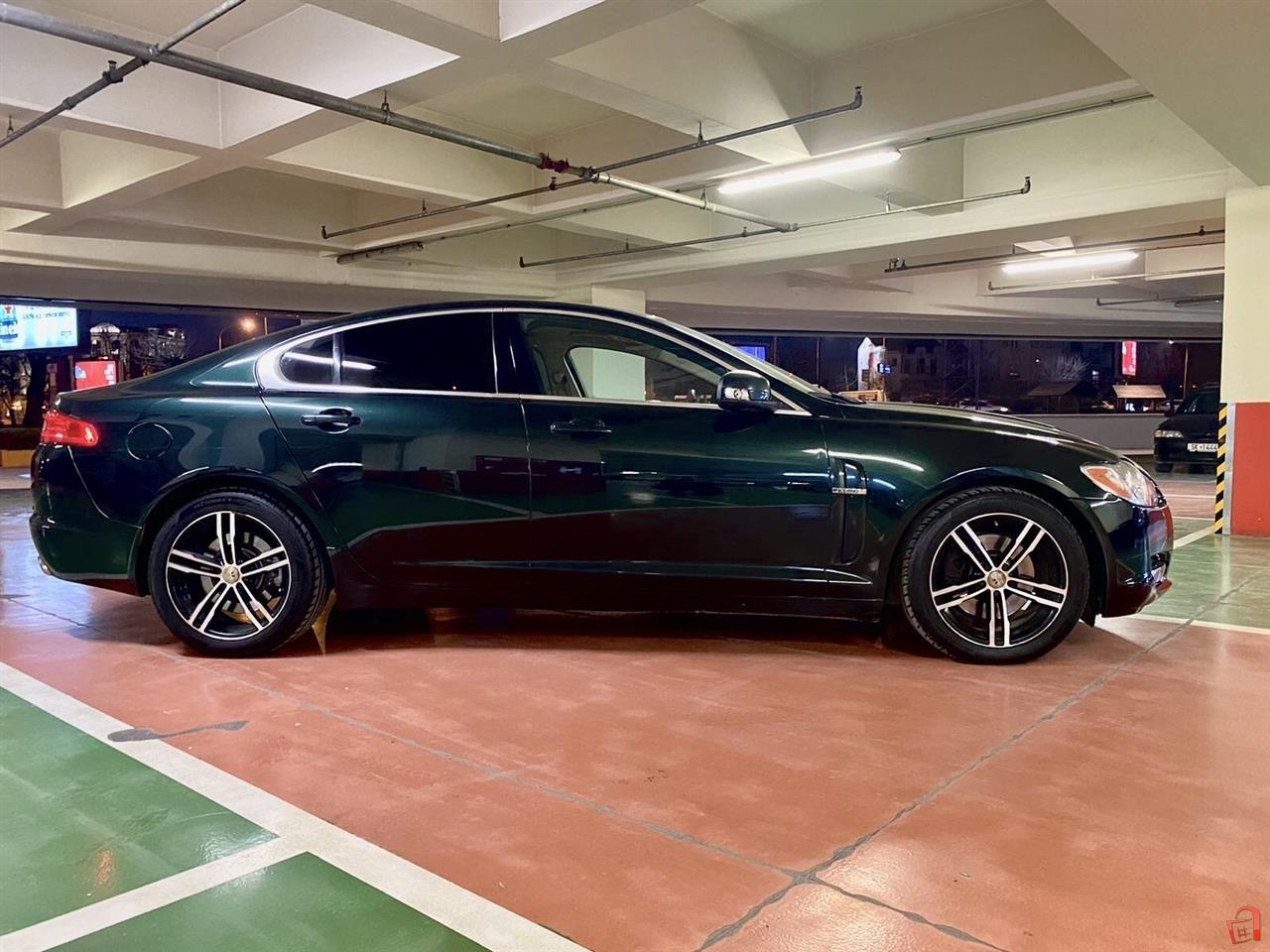

The XF replaces the S-type, a car that drew heavily on ’60s design themes, and we were a little suspicious when the wheelbase of the new car-114.5 inches-turned out to be exactly the same as that of the old one.īut Jaguar assures us this is almost the only similarity between S and XF, dimensionally or architecturally, and that there is little in the way of recycled S-type structural elements in the underpinnings. How new is all-new? Answer: It’s newer than some but not an absolutely clean CAD/CAM design file. So here’s the question: How does this all-new Jag measure up as a car? To be more specific, how does it measure up as a driver-gratification car? Is this a credible contender for restoring Jaguar’s faded credibility in a hot segment? Or is it just a pretty new wrapper around yesterday’s news? But when we say “in its class,” we’re talking about some formidable competition, particularly in the middle range of luxury sports sedans-cars with German accents and distinguished performance pedigrees. In terms of sheetmetal, we think it’s fair to call it a success despite criticisms suggesting it’s a me-too interpretation of the Mercedes CLS “four-door coupe” look. It’s a car whose good looks are as contemporary as anything in its class. By now you’ve heard more than enough about Jaguar parting with its stylistic past and adopting a new design idiom, personified by this handsome sedan, a car whose production appearance has changed little in its transition from the dramatic C-XF concept that was unveiled at the 2007 Detroit show.


 0 kommentar(er)
0 kommentar(er)
